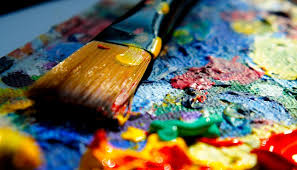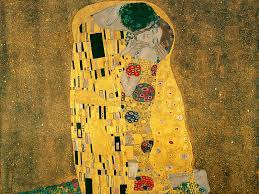viscous and thicker
ABOUT AQUARIAN PAINTING TECHNIQUE (part 2)
 Incidentally, the generally accepted term “watercolor” was first used by Chennino Chennini in his Treatise on Painting (1437), the main point in the described process was the dissolution of paint in water containing vegetable gum – gummi.
Incidentally, the generally accepted term “watercolor” was first used by Chennino Chennini in his Treatise on Painting (1437), the main point in the described process was the dissolution of paint in water containing vegetable gum – gummi.
So, from the history of technology it is clear that the first method of watercolor writing was painting on dry soil, another way of working, on the wet surface of the paper, was supposedly applied not earlier than the beginning of the 19th century. A more capricious and whimsical way of writing wet was born in England, probably because in a country located on an island surrounded by water in this “foggy Albion”, the increased humidity of the air itself dictated the painting’s character light and soft. Continue reading




